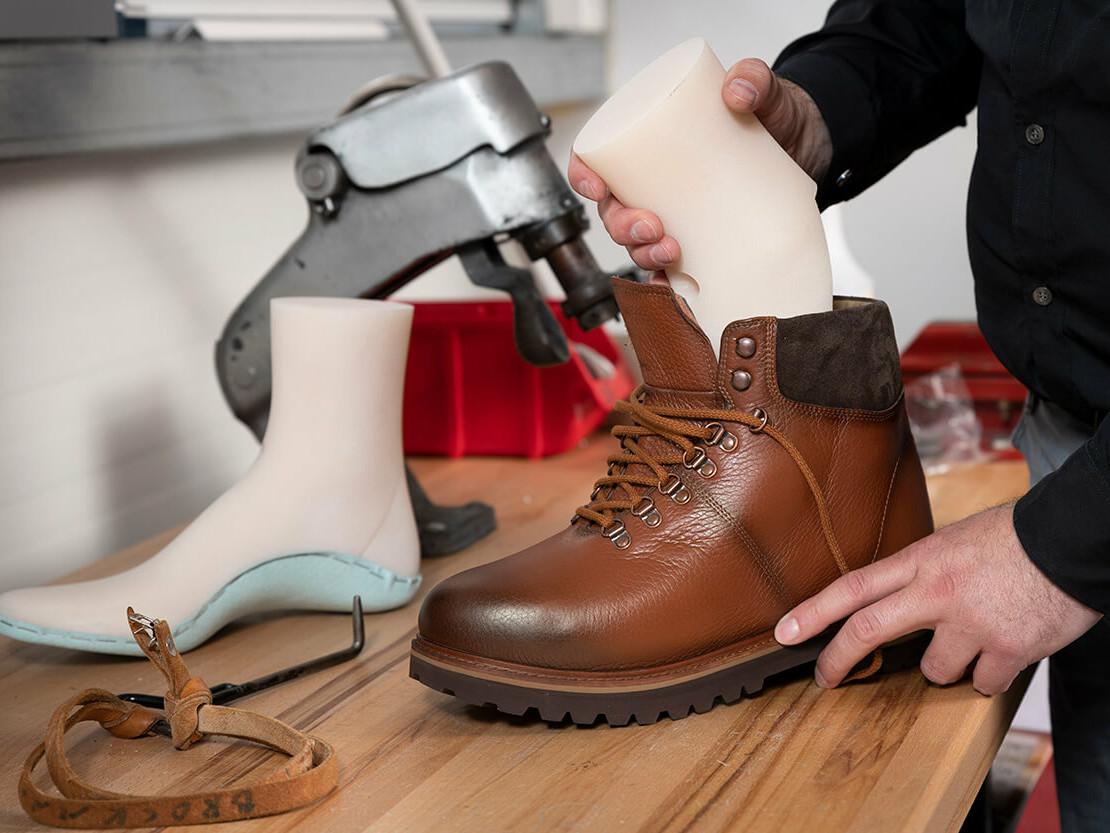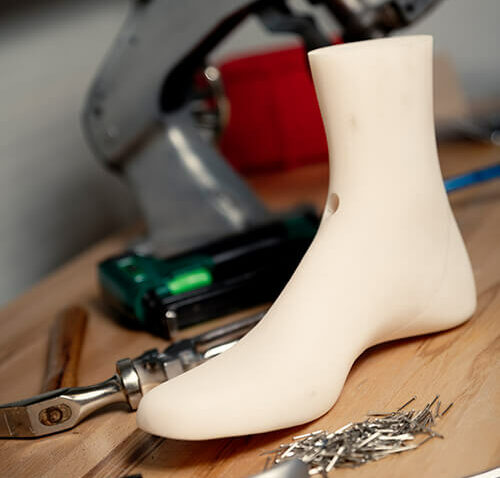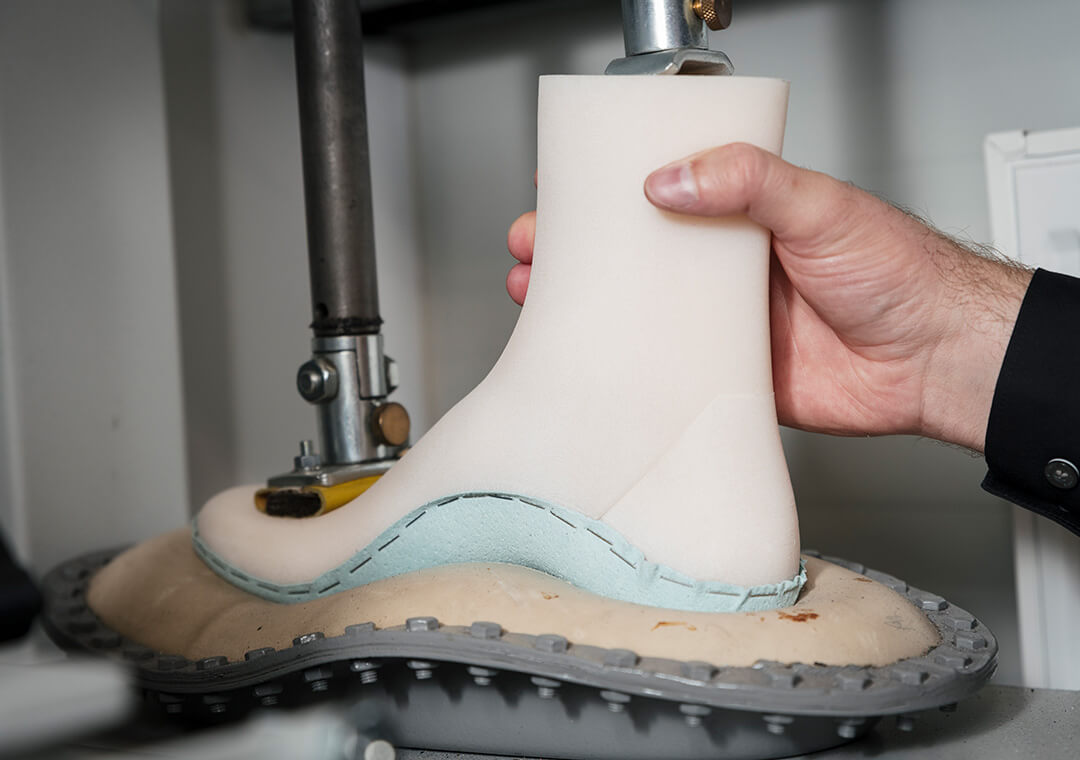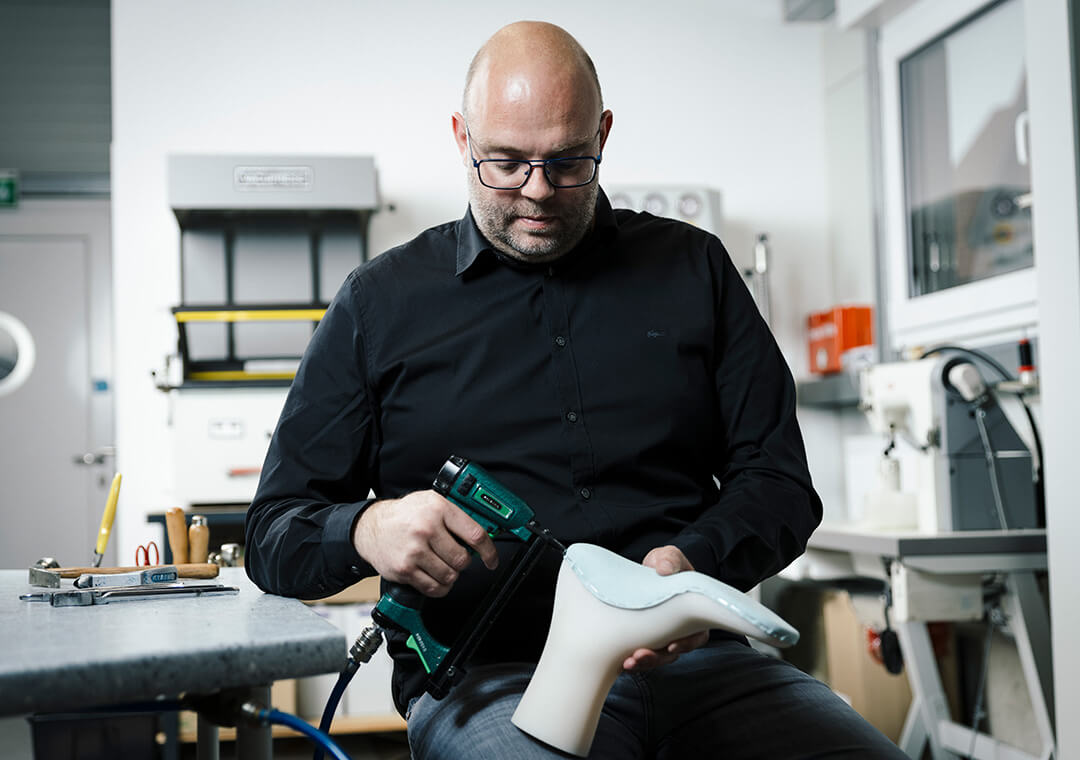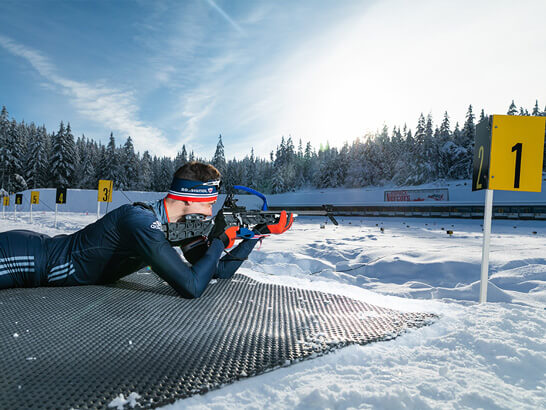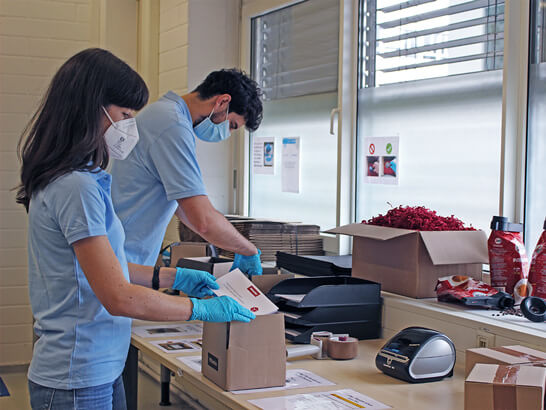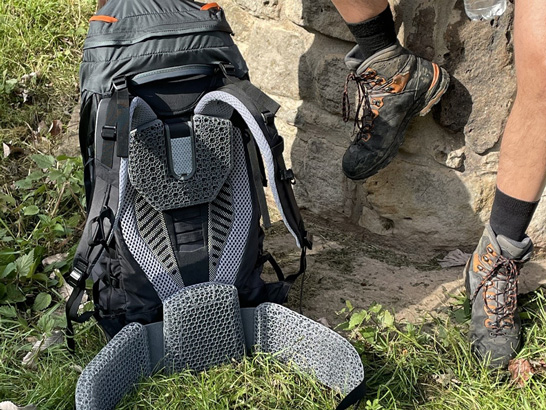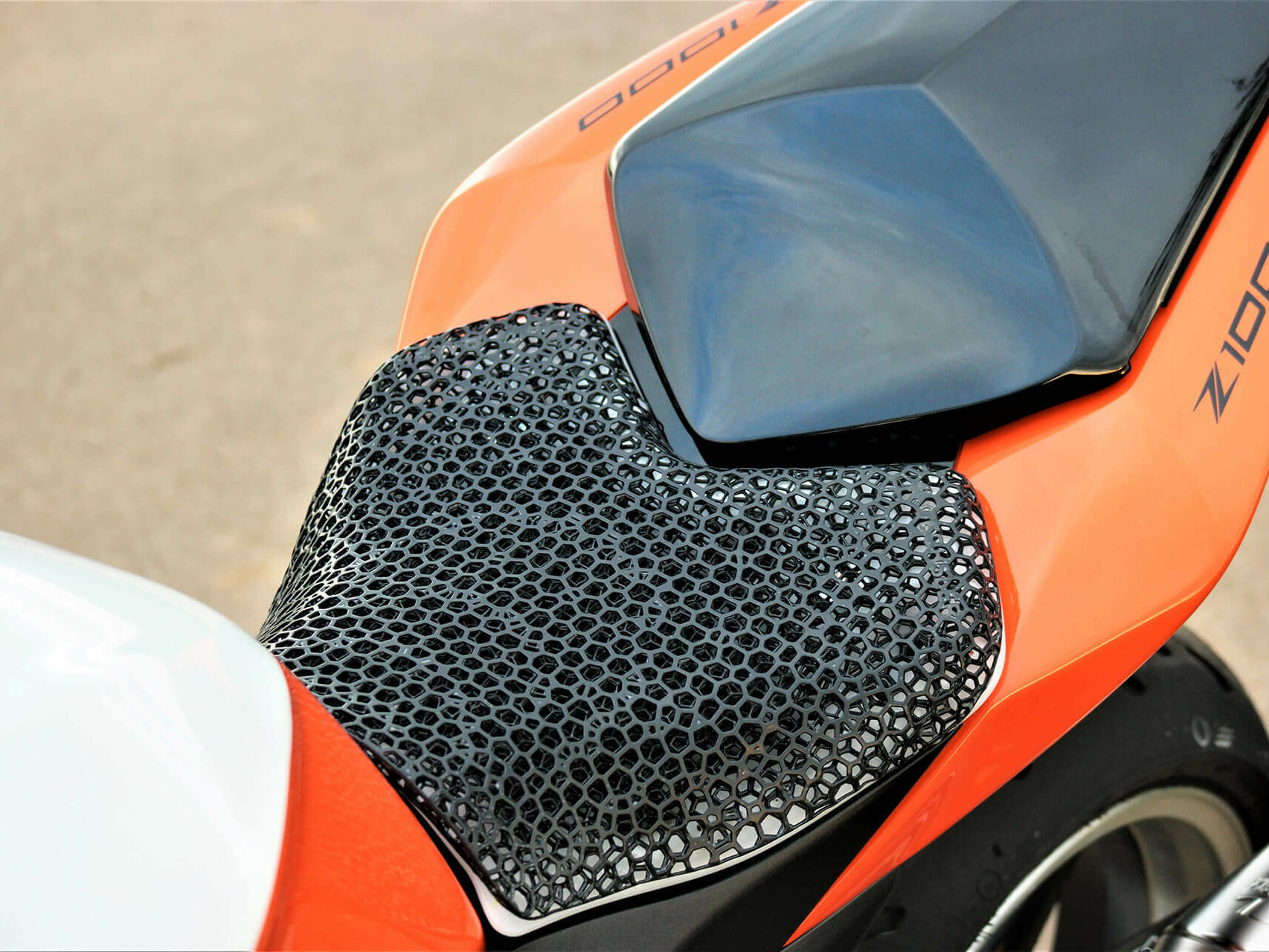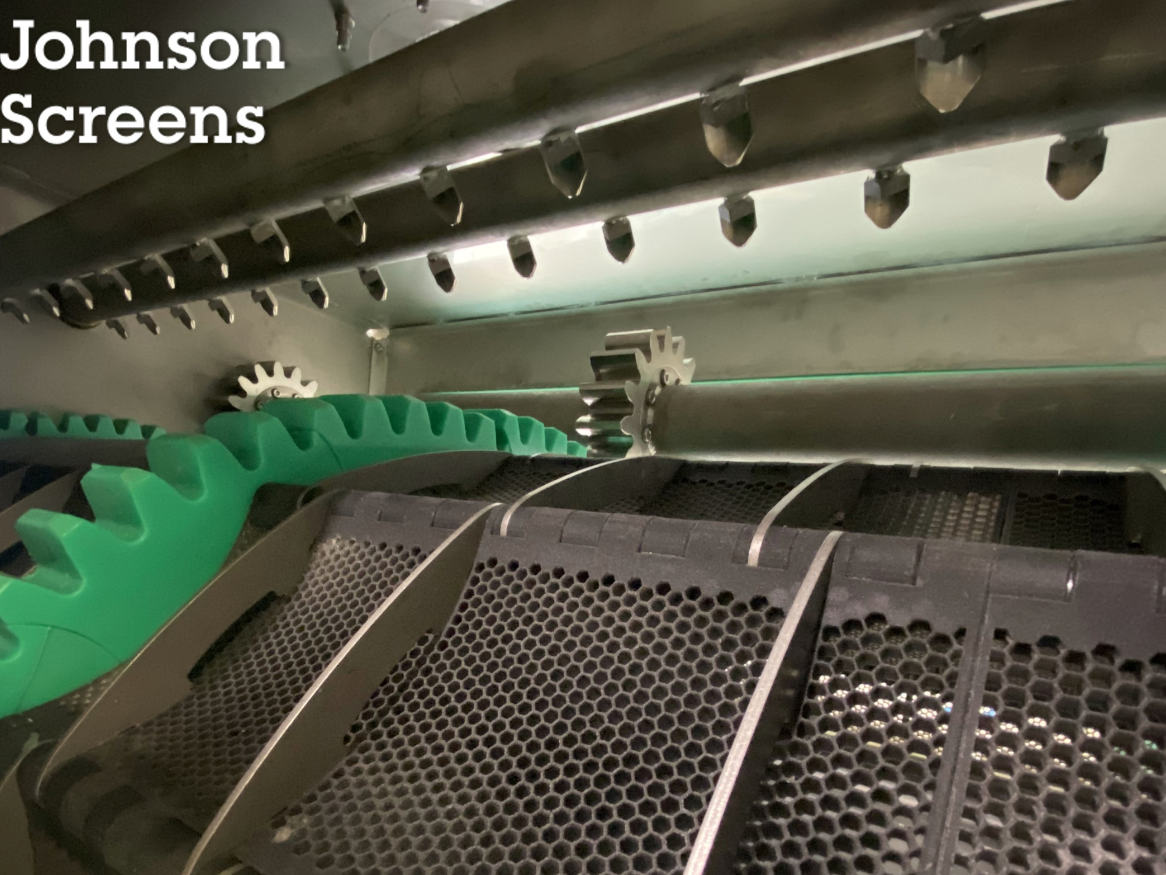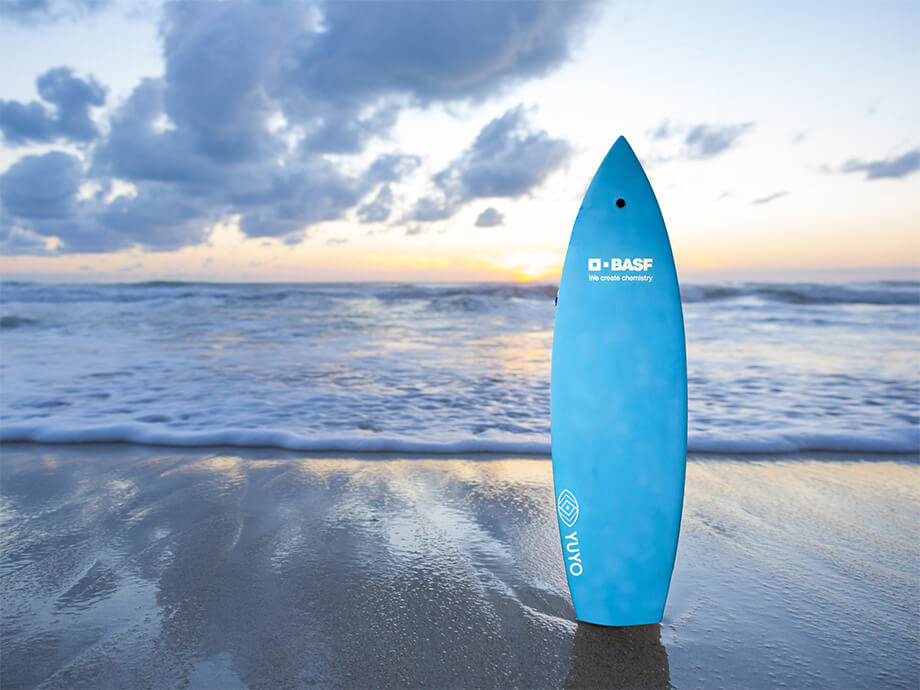Last for Footwear Manufacturing
PROTIQ and Forward AM Unlock New Potential for Orthopedic Footwear
Finding that pair of well-fitting, comfortable, reliable shoes is quite a challenge. That is especially true for feet that differ from the norm and thus require footwear that caters exactly to their uniquely individual needs.
Project Breakdown
Industry
Medical
Product
Last
Why Forward AM?
Perfect-fit AM material
Material Used
SLS TPU
The result
Greatly reduced production time, greater individualization, faster fulfilment of end-customer need
However, manufacturing bespoke orthopedic footwear usually takes several weeks. By harnessing the benefits of Additive Manufacturing, German 3D printing service provider PROTIQ and Forward AM have now created a significantly faster production process that delivers a much more precise fit for the end-customer: Digitally designed bespoke ‘lasts’ matching their uniquely shaped feet can now be delivered in just three days.
Let’s take a closer look at this next-level approach to manufacturing the last – the key tool in footwear production.
Challenge: Highly individualized lasts at higher speed
In orthopedics, one of the most critical time factors is the fabrication of customized lasts used to shape the shoes. A last is a three-dimensional mechanical form shaped like a human foot, used by shoemakers for centuries to manufacture footwear. Lasts typically come in pairs and are made from various materials, including hardwoods, cast iron, and high-density plastics. With regard to orthopedic shoes, the last is the key tool for tailoring the shoe to the exact needs of the respective foot. To sum it up, the last is the basis for the production of orthopedic shoes. The goal of orthopedics – compensating for deformities and achieving ideal gait – underlines the importance of high precision bespoke lasts. The traditional ways of manufacturing lasts, i.e. milling wood, plastic or foam molding, are highly time and cost-intensive processes taking several weeks.
Solution: 3D printed lasts with SLS TPU – fitting seamlessly in the established footwear production process
This lengthy procedure can be shortened very significantly with the aid of Additive Manufacturing, whose digital technology opens up possibilities of creating shapes that are impossible with conventional production techniques. ‘Thinking additively’ and digitally also makes perfect fitting accuracy possible, which is an essential aspect of orthopedics – ultimately, the shoe has to fit and to support the individual foot the best way possible. And last but not least, transitioning to AM also brings a further key advantage of digitalization to footwear tooling: There is no longer the need for spacious warehousing to store all the wooden lasts in different size ranges, as the 3D files are saved digitally and can be printed on demand.
As always with AM, the performance of the printed part hinges heavily on the material used. For PROTIQ, Forward AM’s TPU for Selective Laser Sintering is the material of choice for last production, as it offers strong, flexible and durable printed-part performance, combined with an excellent surface quality and very high level of detail. It represents the optimal combination of the elastic properties of rubber with high resistance to mechanical stress. In close cooperation, the project partners adapted the process parameters of the TPU to optimally fulfil the requirements of modern orthopedic footwear technology.
In orthopedics, it is essential that the last can be processed further with gluing, grinding and drilling. As the last serves as the basis for the production of the shoe, it’s a tool that needs to be able to withstand heavy stresses. With TPU, this is possible without any restrictions, just as with traditional wooden lasts.
“Our challenge here was to identify a material suitable for Additive Manufacturing, but also offering the outstanding properties of wood. So we sat down together with Forward AM and identified the perfect solution: TPU for SLS.”
Dr. Ralf Gärtner, CEO, PROTIQ
Making the transition to Additive Manufacturing holds numerous advantages: Significantly reduced production times, high fitting accuracy thanks to precise digital last models, and reproducible last models that can be reprinted at any time, anywhere. Thanks to TPU, the additively generated last can be further processed just like a wooden one, and seamlessly integrated in established production processes. Above all, the end-customer benefits from orthopedic footwear that’s perfectly tailored to the size and unique shape of their feet, and which they can receive for final fitting adjustment very quickly.
Have we sparked your interest?
Discover more about PROTIQ and Additive Manufacturing for orthopedic footwear.
Share this page
Next Steps
Reference Links and Documents
Get in touch
Do you have questions about our materials, technologies or services? Get in touch now!
